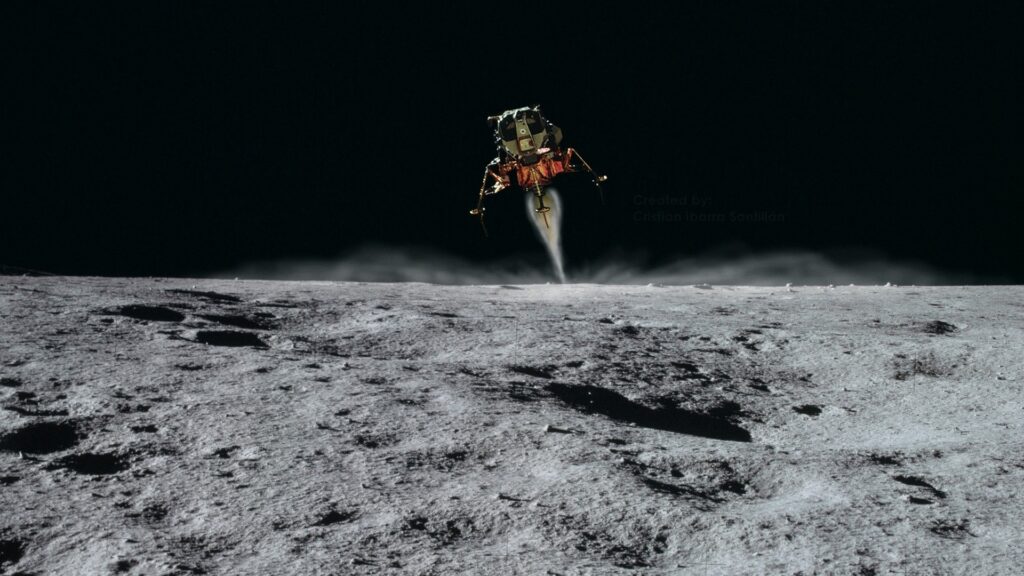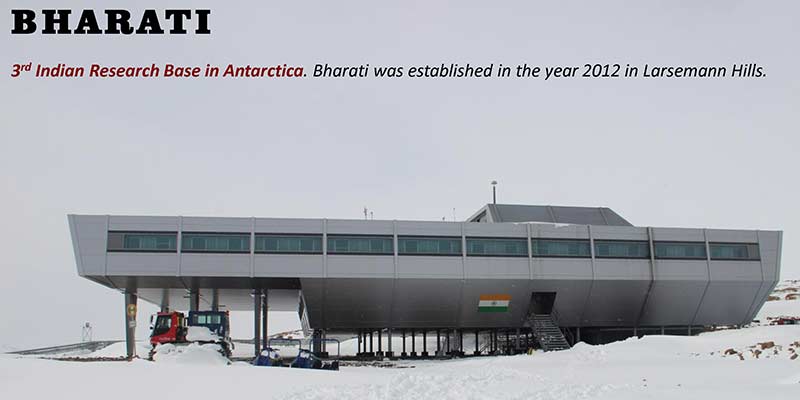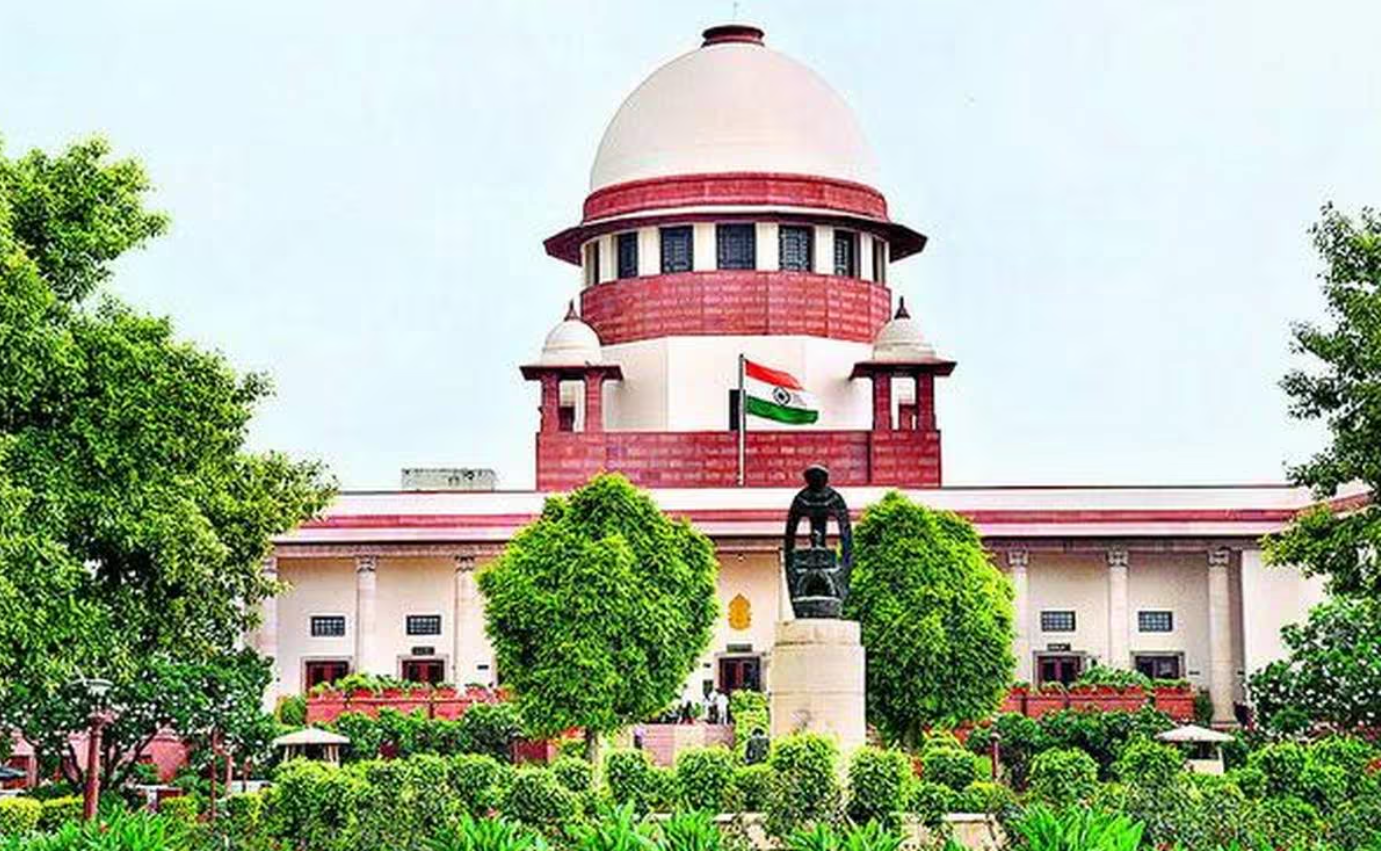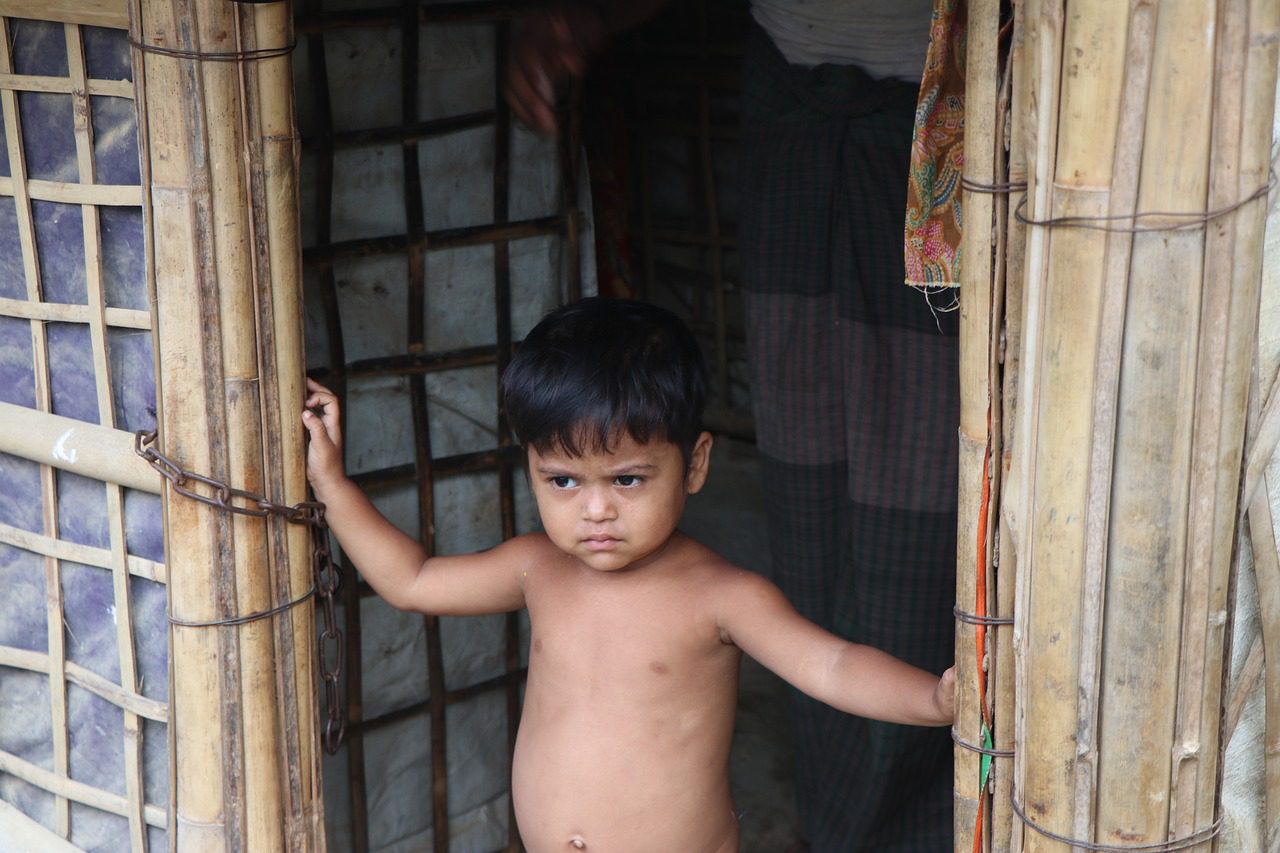ISRO conducts key test for India’s third moon mission

Bасkgrоund:-
Chandrayaan-1:
- Chandrayaan-1 was India’s first lunar exploration mission launched on October 22, 2008, by the Indian Space Research Organisation (ISRO).
- The mission’s primary objective was to create a high-resolution 3D map of the lunar surface, study the mineral composition of the moon, and search for water.
- Chandrayaan-1 completed its mission successfully on August 29, 2009, after orbiting the moon for over 300 days and transmitting a wealth of data to the Earth.
- The mission helped to discover the presence of water on the moon’s surface and provided valuable insights into the moon’s geology and mineralogy.
Chandrayaan-2:
- Chandrayaan-2 was India’s second lunar mission, launched on July 22, 2019, by ISRO.
- The mission was aimed at soft-landing a rover named Pragyan on the moon’s south pole and conducting various scientific experiments.
- Chandrayaan-2 consisted of an orbiter, a lander named Vikram, and the rover Pragyan.
- However, the lander lost communication with the ground station during its final descent and crash-landed on the lunar surface on September 7, 2019, ending the mission’s lander and rover operations.
- Nevertheless, the orbiter component of Chandrayaan-2 continued to function correctly and continued to orbit the moon and collect valuable data.
Cryogenic engines:
- Cryogenic engines use liquefied gases, such as liquid hydrogen or liquid oxygen, as fuel and oxidisers, which are maintained at very low temperatures.
- The extremely low temperatures of cryogenic propellants allow for higher combustion efficiency and specific impulse compared to other types of rocket engines.
- Cryogenic engines generate more thrust per unit of propellant consumed, which makes them more efficient and capable of achieving higher speeds and altitudes.
- Cryogenic engines are often used in the upper stages of multi-stage rockets. Their high specific impulse and thrust-to-weight ratio are essential for achieving orbital velocity and delivering payloads into space.
Linkаges:-
- Various countries and organizations around the world have launched or announced plans for lunar missions, including NASA’s Artemis program, which aims to land the first woman and the next man on the Moon by 2024, and China’s Chang’e missions, which have successfully landed on the Moon’s far side and returned lunar samples to Earth.
- Private companies such as SpaceX are also actively involved in lunar exploration, with plans to send humans to the Moon in the near future.
- India’s participation in these efforts can contribute significantly to the global scientific community. The Chandrayaan-2 mission, for example, contributed to the understanding of the Moon’s geology and the presence of water ice on its surface. By participating in future lunar missions, India can further contribute to the scientific understanding of the Moon and its resources.
Сurrent Sсenаriо:-
- The Indian Space Research Organisation (ISRO) has successfully conducted a crucial test for its upcoming Chandrayaan-3 mission. The test involved the high-thrust cryogenic engine, which will power the rocket carrying the Chandrayaan-3 spacecraft.
- The engine was tested for its endurance and performance under various conditions.
Chandrayaan-3:
- Chandrayaan-3 is a follow-on mission to Chandrayaan-2 to demonstrate end-to-end capability in safe landing and roving on the lunar surface.
- It consists of Lander and Rover configurations.
- Chandrayaan-3 consists of an indigenous Lander module (LM), a Propulsion module (PM), and a Rover to develop and demonstrate new technologies required for Interplanetary missions.
Objectives of Chandrayaan-3 are:
- To demonstrate a Safe and Soft Landing on Lunar Surface
- To demonstrate Rover roving on the moon and
- To conduct in-situ scientific experiments.
Impact:-
- India is interested in examining the Moon’s surface, particularly in regions that haven’t seen sunlight in a billion years. These darker regions of the lunar surface may contain ice and rich mineral deposits, according to scientists and astronomers.
- The success of Chandrayaan-3 will be critical for ISRO as it will demonstrate India’s capabilities to make landings for further interplanetary missions.
Curated by- TeamNewscanvass







